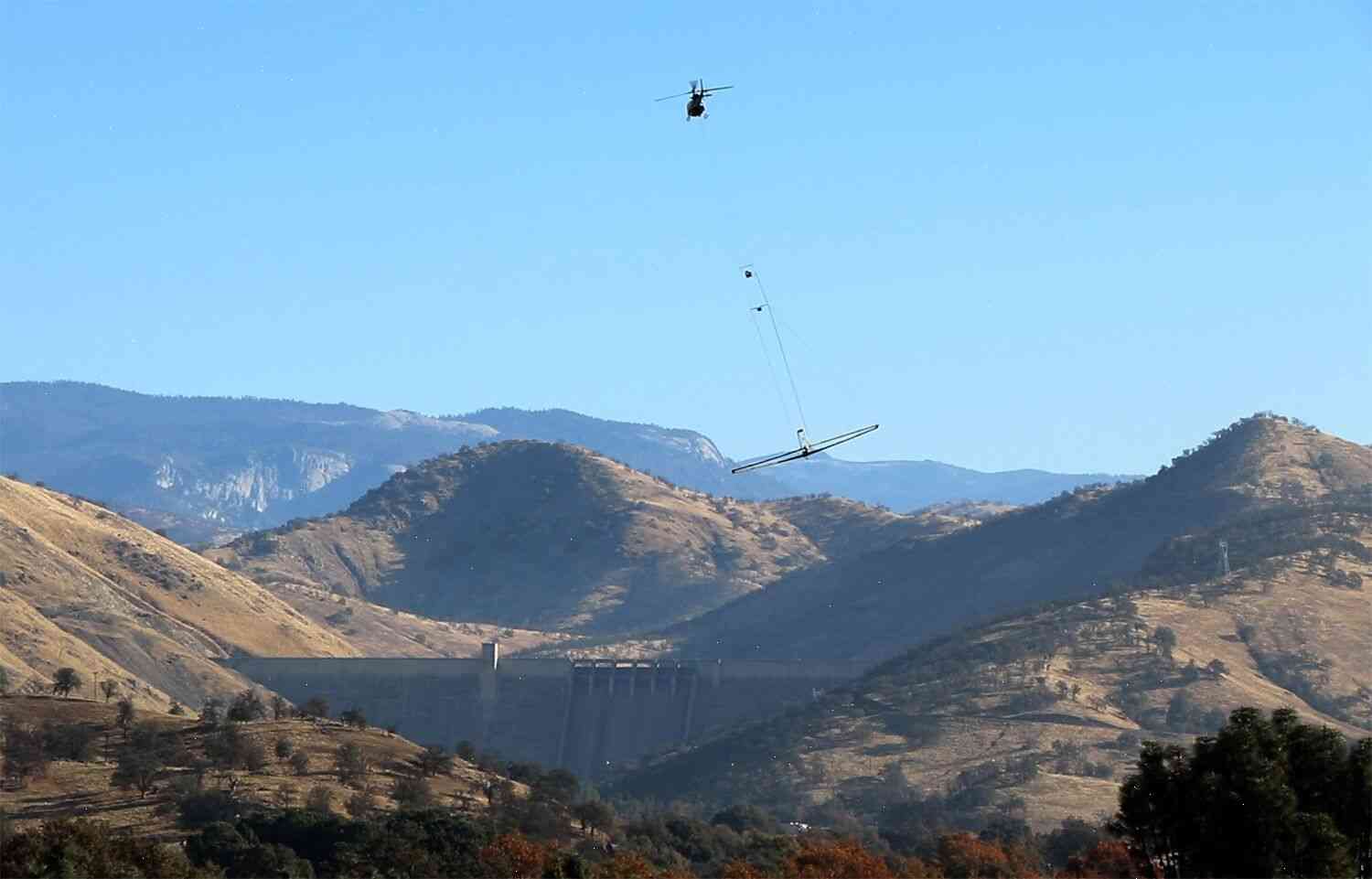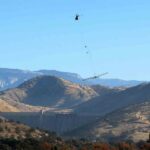From the air, scientists map ‘fast paths’ for recharging California’s groundwater reservoirs, study a new “smart” aquifer and learn how the state of the sea is changing.
In the years ahead as California’s aquifers begin to dry out, one new research project is aimed directly at recharging them from the air. On a hot summer day in late May, a plane full of scientists, researchers and pilots took off from the NASA Ames Research Center, on the outskirts of Moffett Field in Mountain View, California. Their mission: to chart the fastest possible paths for air planes to transport freshwater and other liquids from inland aquifers to coastal reservoirs and reservoirs inland. The project was conducted as part of the NASA-funded Ocean Recharging Project, which is funded by the U.S. Department of Energy and the National Science Foundation.
“Aquifers are at the foundation of California’s water supply systems,” says James Baskett, a planetary surface scientist at NASA Goddard Space Flight Center in Greenbelt, Maryland, a member of the research team. “This project gives us the opportunity to map the best ways to transport freshwater from inland aquifers to the state’s reservoirs.”
Baskett and his NASA co-authors say that by studying the recharging of aquifers, they are able to better understand the natural processes of geologic storage of water. When drought conditions force water levels in an aquifer near San Francisco Bay to drop to unsafe levels, this water flows out into the ocean, but the process causes the water to cool, which prevents or delays that flow. The California Department of Water Resources (DWR) has been studying the effect on groundwater recharging as a means to boost water storage for drought conditions in 2013. The team’s findings help scientists and policymakers pinpoint best practices to improve the state’s aquifers by increasing their capacity to store rainwater and freshwater from lakes and ponds for use in the drought-







